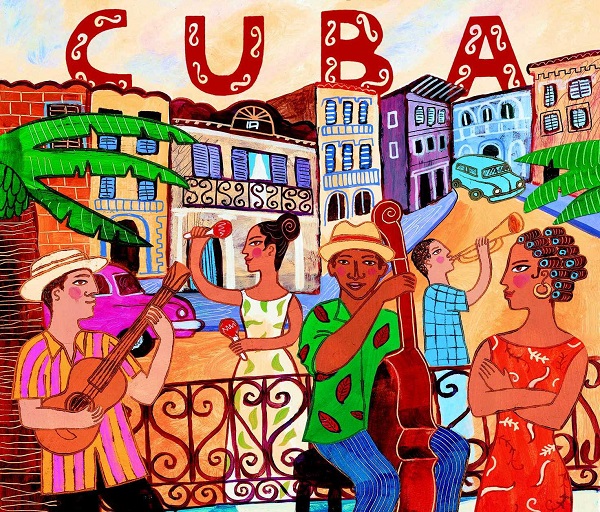9.6 Popular music in Cuba in the 20th century (1900-1930).

Cuban popular music is like the character, physiognomy, language, and bodies of its people, a complement and consequence of influences that emerged from unequal sources.
Cuban popular music of the 20th century exhibits very specific characteristics that distinguish it from the rest of Latin America, in terms of its great rhythmic variety and sonic range. These characteristics are related to the process of formation of this music, which begins when musical components from Europe, primarily Spain, begin to merge with others originating from the diverse African cultures that converged on the island.
In the early decades of the 20th century, son music began to spread. Soneros became known in various urban spaces, performing wherever they could: in areas near Marianao Beach and in some small-time cafes. In Havana, around 1918, the first son recordings were made, a genre that managed to gain popularity among the majority of the population.
Son emerged in the eastern part of our country and became a musical genre that would gradually replace the Danzón’s popularity. It arrived in Havana in the first decade of the 20th century, gaining great popularity. Over the years, it would become the most prestigious genre of Cuban popular music of this century, both nationally and internationally.
In 1929, Matanzas native Aniceto Díaz, who fused various elements of Danzón with others from Son, created a new Cuban musical genre, Danzonete. He premiered his piece titled Rompiendo la rutina in the city of Matanzas. This genre established a rhythm that would revolutionize ballroom dancing; it was distinct from Danzón and, moreover, it was sung.
Also during this period, another important genre of Cuban music emerged: Rumba. This musical genre, based on singing and dancing, originated in the Afro-Cuban tradition. It originated in the Cuban context, where the poor black population was abundant. The African influence is emphasized in the rhythmic force of the genre; it is entirely secular music.
Performers, composers, and conductors of popular music stood out in this event, including Sindo Garay, Paulina Álvarez, Ignacio Piñeiro, Eliseo Grenet Sánchez, María Teresa Vera, Abelardo Barroso Dargeles, Isolina Carrillo Estrada, and Moisés Simons.








